I love going to writer’s homes. Standing in the very place they wrote and trying to absorb some of their thoughts and talents. Thomas Hardy has been a particular favourite (Have a read of my blog about his Dorset life) but I’ve been saving Greenway, Agatha Christie’s home for a while. Last summer, it was on the agenda for the last day of a two-week holiday to the West Country. I’d saved it to the very last moment for the day we returned to London knowing that we’d have a wonderful last day of the holiday and I might not feel so bad about returning to the smog of West London living. Greenway is nestled in a wooded valley which runs down to the River Dart. From the lawn outside the house you have wonderful, far reaching views across the valley to the river and the house couldn’t be more perfect as a holiday home for this notorious writer.
I love playing the piano and I love an opportunity to play someone else’s piano. Not every National Trust house will let you as many are so old and delicate that it would damage them, but to my absolute delight I was allowed. I have been very fortunate recently to play a number of pianos in heritage properties and each one is different and each one fills me with delight. I recently also played in Jane Austen's house and at the National Trusts Basildon Park. I slowly sat down and played some Bach and Tchaikovsky. What an absolute treat and something I will never forget. How incredible to sit at the very same piano that Agatha Christie did and hear the same echoes of music around the walls as her and her family would have enjoyed. She loved music and one can imagine the musical entertainment that must have happened here during parties and Christmases with the family.
The smell of damp woodland was glorious after that mornings rain and William was in his element as a four year old with woods, mud and sticks to find! We had a lovely walk down the valley through the woods. And although it is predominantly trees, there are some wonderful flowers which suddenly leap out at you, providing a splash of colour amongst the greenery. The boathouse at the bottom of the valley is famous as it is the setting for Dead Man’s Folly, in which the house also features. I’m currently making my way through the audio CD read by David Suchet on my way to work in the mornings which I bought in the shop. Walking up another path, back up the valley you head to the more formal gardens at the top, and you find The Walled Gardens. There is a peach house which has been completely renovated, a vinery, vegetable plots and an allotment which is looked after by Galmpton Primary School. In the south walled gardens there are beautiful borders filled with hydrangeas which flower throughout the summer. There are also beautiful borders filled with one of my favourites, Dahlias.A great secret little discovery was the recently restored fernery, which you can find behind the walled gardens and close to the dahlia borders. The damp smell of ferns and mosses with a water fountain creates a wonderful place of tranquillity and harmony. A great place for children to play hide and seek and as I stood listening to the splash of water in the fountain, while William laughed at his reflection I was transported back to a time when life was so much calmer and the pace of everyday life slower.  After our big walk around the estate we went to the shop and the cafe for a well earned lunch. As usual with National trust cafes they have a good selection of hot and cold food, some lovely baked potatoes and a good selection of cakes and afternoon teas. The shop was stocked with a good array of national Trust products as well as plenty of books and things to satisfy every Agatha Christie fan! This was a truly magical trip and I am so glad that I have finally managed to visit. I loved it – I fell in love with it as soon as I saw it. I have been so intrigued by Agatha Christie and her life for so long, that it was really special to finally step into her shoes just for a brief moment in time. Greenway is tucked away and be warned if you intend on driving there, then you will need to book your parking space in advance. Parking spaces are timed so you only have a limited time at the property. I completely understand this is needed as parking is limited and they want to allow as many people as possible to visit. It’s just a shame as we had no option but to drive and we didn’t get to see everything as we just ran out of time. It also meant we were literally throwing jam scones down ourselves to make sure we got back to the car in time! Better planning needed next time. But you can get a bus there or the ferry over from the village of Dittisham using the Greenway Quay services. These options would allow you loads of time to explore and soak up the woodland walks and have more time to just potter around. National Trust Website
www.nationaltrust.org.uk/greenway Parking: All Parking spaces must be booked in advance of visit. You can book by visiting: http://www.nter.org.uk/ or calling 01803 842382. Same day booking is possible by telephone depending on how busy they are and phone lines open 9am-4pm. When you arrive you are greeted by a car park attendant who shows you where to go. Parking charges for non-National Trust members: £3 session.
19 Comments
Anyone who knows me will know that my ideal day out will consist of 1 of 4 things: a beautiful building, a beautiful beach, beautiful countryside or a beautiful garden. Penhurst Place ticks two of those things…except it’s not beautiful…it’s stunning, glorious, magical – there’s not enough words to describe it. Another place that has been on my list for sometime, it was someones comment on my twitter feed about a painting that finally prompted me to visit one very hot sunny day. Situated in the village of Penshurt, near Tonbridge in Kent – Penshurst Place is a family owned castle and stately home set in beautiful landscaped gardens. Once owned by Henry VIII, it has been in the Sidney family for more than 460 years and its current custodian is the Viscount de L’Ilse and his family. Henry VIII used it as a hunting lodge and then it was given to Anne of Cleeves as part of her divorce settlement, but it was in 1552 that it passed to Sir William Sidney, by Edward VI. Sidney has been a loyal tutor and steward to Edward. It is one of the most spectacular, and beautifully preserved family stately homes in England, which showcases a wonderful mix of beautiful rooms, artefacts, tapestries, paintings and furniture from the 15th-18th centuries in a unique collection of stately rooms. Modern additions for the twenty first century traveller make this an excellent day out for people of all ages as well as families as there’s so much to do and see here in the house and gardens as well as the wider grounds and we spent a whole day here easily. On entering the house the first room you come to is the famous Barons Hall. This was described by the writer John Julius Norwich as ‘one of the grandest rooms in the world’, and this stunning medieval hall is at the heart of Penshurst Place. It belonged to the original part of the house, it was completed in 1341 and features a magnificent chestnut roof, several arcaded windows, a 16th century Minstrel’s Gallery and a very unusual octagonal hearth. This then leads you along passages to other stunning rooms which send you back hundreds of years, into times past where you can imagine being a member of the Sidney family and walking the corridors throughout history. One incredible room leads onto another, and each has its own unique history and atmosphere. Another favourite was the West Solar room which was once withdrawing room of the medieval house, the family would go here for some privacy. But every room you go into, there’s a wonderful display of Jacobean and later furniture, family portraits, coats of arms, and a real sense of a medieval hall. Yet despite its grand feel, it also has a homely feel to it and it still feels like a family live here. Recently it has been used for TV and Films and many scenes from Wolf Hall for the BBC were filmed here. There are photographs of the actors and scenes as well as examples of the costumes and set dressings that were used in the filming, which is fascinating to see. Outside there are extensive grounds, about 11 acres which are divided into garden rooms. From the south lawn outside the main building there is a wonderful vista of a formal layout the fountain. The village church is to the right on what is known as church terrace although there is no access to the church from the gardens and this needs to be approached from the village. The Garden Tower is one of the oldest parts of the property and dates from around 1392, and is the only surviving tower that was granted to Sir John Devereux who owned the estate at that time. This is a creates a lovely entrance onto the gardens on the lower terrace. You are led along a glorious yellow and blue border of irises,m aptly named Penshurst Blue and Yellow and was buzzing with the hum of the bees. From here you can explore the wide range of other garden rooms that there are which include more formal and informal areas, all alive with colour and intrigue and a stunning array of herbaceous plants. The pond was a particular favourite, especially as we were lucky enough to watch a Heron stalking the fish in the pond for quite some time! One of my favourite gardens was the bright colourful splash of the Jubilee Walk, a 72 metre double herbaceous border which opened in 2012. I’m a big fan of herbaceous borders and one day hope to have a garden long enough that I can create my own! There’s even a helpful display board which tells you what everything is – great for the avid gardener like me. Almost at the far end of the garden you reach the orchard, which is a peaceful haven of apple trees shaped into umbrellas and then follows the nut garden. This reminded me of the book The Secret Garden, which was always a favourite of mine as a child and secretly still is to this day. I loved the idea of a secret garden, far away from everyone where I could just sit and not be disturbed,m my own little haven of peace. This place, had a wonderful sense of timelessness and solitude. The bees buzzed, a blackbird sang in the trees above, butterflies floated by and there wasn’t a single sole around. William and I sat down, got our books out and just enjoyed the dappled sunshine for half an hour. Finally we came to the Union Flag Garden and enjoyed the wafts of lavender and roses which floated on the breeze in the late afternoon. There is fun here for all the family throughout the year with events, activities and workshops throughout the season. There’s a toy museum which we didn’t get to see but will stop in next time, a brilliant adventure playground for all ages and a woodland trail, a maze made of maize in the summer holidays, and a fabulous garden restaurant. There’s also a well stocked gift shop in the visitors building near the car park and the Porcupine Pantry Café which is open daily all year for visitors. We tried both the cafe in the gift shop as well as the main one near the house and both were lovely. A good selection of hot and cold food as well as children’s lunchboxes and we sat under the shade of a horse chesnut tree to enjoy our baked potatoes and ice cream. Parking is really easy – there’s a huge car park and you can also park here and go on the woodland walks or walk back down the drive and into the village to see the Tudor square and visit the church. Entrance is reasonable and in line with what you would expect to pay, plus there are some discounts available if you are a member of the RHS or English Heritage.
I can’t wait to come here again – a great day out for all the family.
I have always loved the stories, ever since my mum read the Tale of Mrs Tiggywinkle to me as a child. Many children and adults will be familiar with Peter Rabbit and his escapades in Mr McGregor’s garden, and perhaps not so familiar with Tales such as The Tale of Pie and the Patty-Pan. Perhaps even less familiar are we that many of the illustrations represent not only Beatrix Potter’s love of gardens and indeed her own garden at Hill Top, near Hawkshead in Cumbria but also of the village of Near Sawrey where she lived.
For many years the family holidayed at Dalguise in Scotland, but when this was no longer available they turned their attention to the Lake District. Close to Scotland and with similar breath-taking landscapes and water, it was here that the shy Beatrix Potter’s heart found happiness. For the rest of her life, Potter became a prominent figure in the Lake District, not only as a writer and illustrator, but as a gardener, landowner, sheep breeder, agriculturalist and wife. She described in later years London as her ‘unloved birthplace’ and both her and her brother Bertram found solace in the fresh air, surrounded by beautiful landscapes. Hill Top in near Sawrey, just to the West of Windermere was purchased with the money she had received in royalties from her early books, published by Fredrick Warne. After the untimely death of her fiancée, Frederick Warne, she bought Hill Top within two months and set about transforming it into the home and garden she had dreamed of for so long. Hill Top was and still is a warm and cosy 17th century cottage, which is part of a larger estate and far, set in some 30 acres.
She surrounded herself with colour and beauty and many of the nooks and crannies of her garden as well as the village can be seen in her books: Her vegetable patch became Mr McGregor’s Garden and Jemima Puddleducks hiding place for her eggs, her front door with its foxgloves and roses and the long front path with its deep borders and trellis work was featured in The Tale of Tom Kitten. Yet, increasingly she threw herself into life as a countrywoman, breeding a fine stock of Herwick Sheep, showing at Agricultural shows, buying farms and large areas of Lakeland to ensure its survival and preservation away from modern developments. Her friendship with Hardwicke Rawnsley, one of the founding members of The National Trust was also key in ensuring the preservation of so many thousands of acres of land.
She later said that this was how she wished to be remembered – as a countrywoman and wife. It seems that these were, in the end, more important to her than her writing and illustrating. Beatrix Potter died on 22 December 1943, following bronchitis. There were to be no flowers or mourning and her ashes were scattered above Hill Top. At her death she owned 15 farms, several cottages and around 4000 acres of land which went to the National Trust. Standing on the hillsides surrounding Hill Top, looking over to Windermere it is easy to see why Beatrix fell in love with the Lakes. I’ve always felt much abler to write and read when in the countryside, there is something incredibly therapeutic and humbling about being surrounded by such vast swathes of countryside, mountains and water. For me, I always feel like I’ve been transported into another world when I turn off the M6, and even to another era. Standing in the garden of Hill Top, it's almost hard not to expect her to appear from the cottage as you hear the crackle of the range and the old Grandfather clock chime twelve. For The Adventure
Hill Top is owned by the National Trust and open to the public. Situated in the village of Near Sawrey near Hawskshead. There is a small car park in the village (which used to be Potter’s orchard) with a short walk to the cottage. It is suitable for families, but take note that entry is by timed ticket and the cottage is small, so it’s worth getting there early. The garden is at its best in late Spring and Summer. The small village also has many places of note which are also featured in Beatrix Potter’s Books such as Buckle Yeat and the Tower Bank Arms, as well as Castle Cottage which can been seen from Hill Top across the field opposite. http://www.nationaltrust.org.uk/hill-top Nearby Wray Castle is where she spent some summer holidays with her family and can be visited on the same day as Hill Top given enough time. http://www.nationaltrust.org.uk/wray-castle
Stott Park is now the only surviving example of a working bobbin mill. The Lake District was a perfect area for bobbins mills which fed the busy industrial cotton mills in Lancashire, which the area was then part of. The area suited the mills perfectly with a good source of power from the many streams and a constant supply of wood from coppiced woodland. The mill was given to English Heritage in the early 1970’s by the owners who had the foresight to see that not only was the mil not sustainable any longer but also that it should be preserved for future generations as a mark of Lakeland history. To fully see the mill you need to go on one of their guided tours which takes you around the main mill building. These run every hour from 10.30am. The two ladies who showed our group around were so knowledgeable and brilliant at explaining the history, answering questions and importantly showing us how the machines worked. Ahead of my arrival I didn’t know about the tours, I probably should have read my English Heritage members guide more carefully but I timed it well so we arrived just as it was starting. It took about 45 minutes to go around the main mill building and see each section on both floors as well see how three different original machines worked.
John Harrison who was part of an established local family advertised for a tenant to take on the recently constructed mill building in 1835. It remained in the family until around 1867, being let to varying tenant bobbin masters, who ran the mill as successful businesses. The Coward family, another local family from Skeltwith Bridge who, since the 1850’s, had already gained two other bobbin mills, took on the mill and continued to run it until it finally closed in 1971. The mill was built in 1835, and has lots of windows on the first floor to allow as much light as possible for those working. During the 1870’s and 1880’s when Coward family had taken it over, the mill had several extensions and additions. The new ground floor lathe shop and the steam engine were the main elements of this modernisation of the mill. Stott Park was a mechanised mill where coppice poles were turned into finished bobbins and sent to the textiles industries throughout the world. I knew nothing of bobbin making before my trip and thanks to the fantastic guides I came away knowing so much! Several processes are involved in making a bobbin, and each man had his own job. many of the men working in the mill would have kept the same job for the time they worked there – some still working the job after 30 years! The first room had cobbled floors and as you enter the main building the floor is strewn with wood shavings, sawdust and every corner is filled with machines, tools, baskets of bobbins, swill baskets, piles of wood. It already seems like a busy working mill, but now imagine that at one time the mill would have had around 250 men and boys working there (and in its history one woman) and you start to imagine how cramped the working conditions must have been and how busy even this fairly small mill would have been on a daily basis. 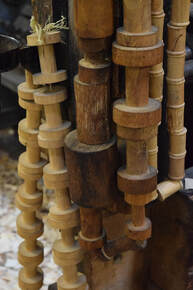 On the ground floor, you first come to the circular saws when the wood is chopped into the size pieces to make the bobbins. Also here is the blocking machine which came in later in the 19th century and also chopped the wood into smaller blocks. The engine room still houses the original steam power engine built between 1870 and 1880. At the rear of the building is the New Lathe Shop which was built in the 1870’s and allowed for more space and more machinery to increase production, it was the last major improvement to the original mill. Here there are several machines such as the hand boring machine which created the central hole in the lumps of wood. The rough lathe which turned the blocks into the rough size and shape of the bobbin. One of the guides demonstrated this and made several bobbins which she then took to the next stage which involved smoothing them and creating the finished shape and size on the finishing lathe.
The mill made bobbins of all shapes and sizes, and in one of the upstairs rooms there are many many bobbins on display showing the different shapes and sizes that were used in the textiles industry. The larger ones tended not to be made from one piece, but instead were made from several pieces joined together. As the years progressed and the demand for bobbins changed due to the use of plastic and metal, the mill expanded into making other products such as yoyo’s and spindles.
Child labour during the Victorian period was rife and the mill employed a number of children to do varying jobs. Some of the boys came from the local workhouse and some as young as 8 were employed until the Factory and Workshop Act of 1878. After this Act, boys of 10 were the youngest that could, in theory, work in any factory. There were jobs that the boys were mainly given to do such as putting on glue, sorting the bobbins, climbing into the rafters to fix machinery and oil the belts, carrying away sawn pieces of wood, boring holes in the wood and cleaning them out. The guide book tells of stories where children had accidents due to working with the machinery as well as the story of a boy who was sent on an errand across the fells in winter and never returned, dying from hypothermia. Outside, spend some time in the remaining barn which has a lot of information on the history of the mill. The drying barn is worth a look as is the old blacksmiths which was in a separate building to reduce the risk of fire with all the dry wood and sawdust flying everywhere in the main mill building.
I really do recommend taking a visit here and finding out about it for yourself. Around an hour is all you need for the tour and a walk around the barn and outside and so couple easily be combined with other adventures on your day out. We went onto to have a nice walk at Tarn Hows and then finish the day with a visit to Hawskhead and dinner there before heading home just as the sun was setting around 6.30pm.
Visiting The mill is now closed until the end of March but then reopens for the Spring and Summer season. Visit the English Heritage website for further details. http://www.english-heritage.org.uk/visit/places/stott-park-bobbin-mill/ Finsthwaite, Ulverston, Cumbria, LA12 8AX |
Archives
April 2019
Categories
All
|
Proudly powered by Weebly
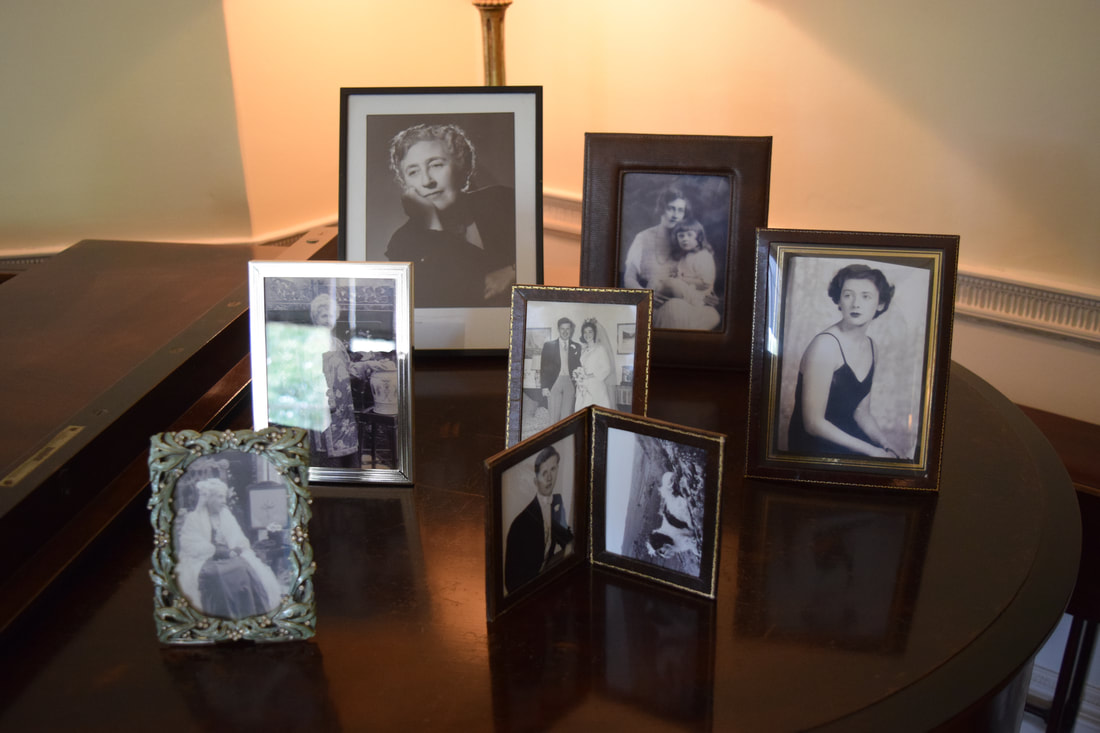

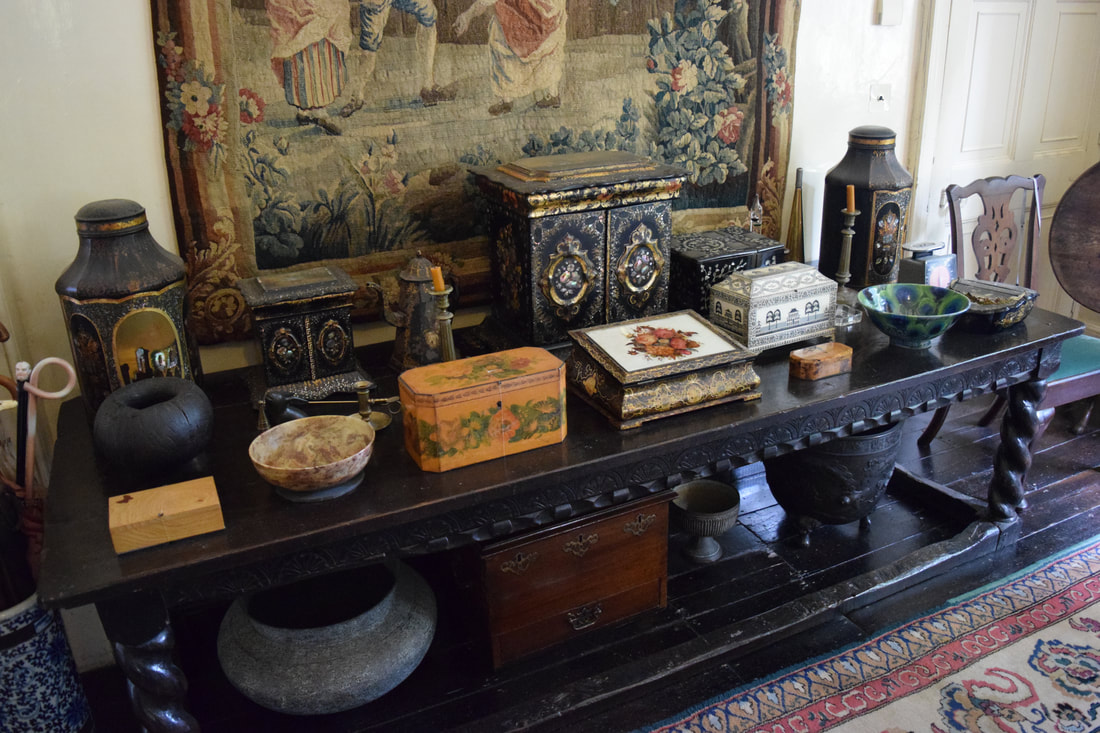









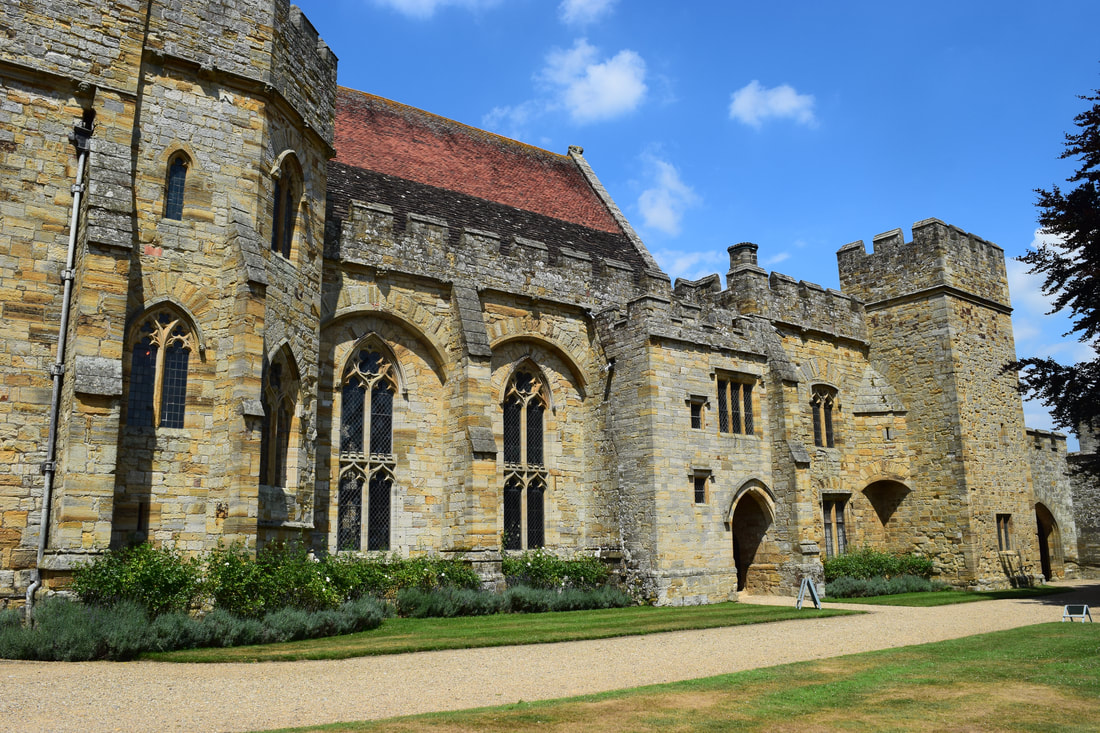









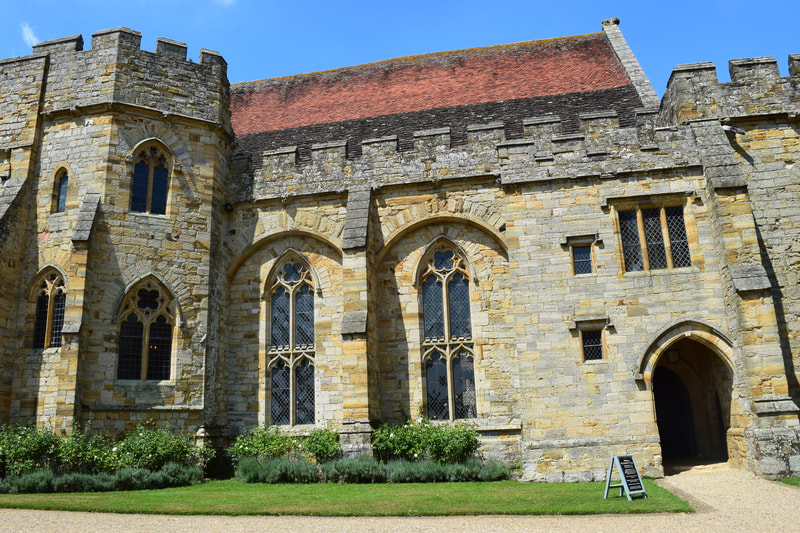









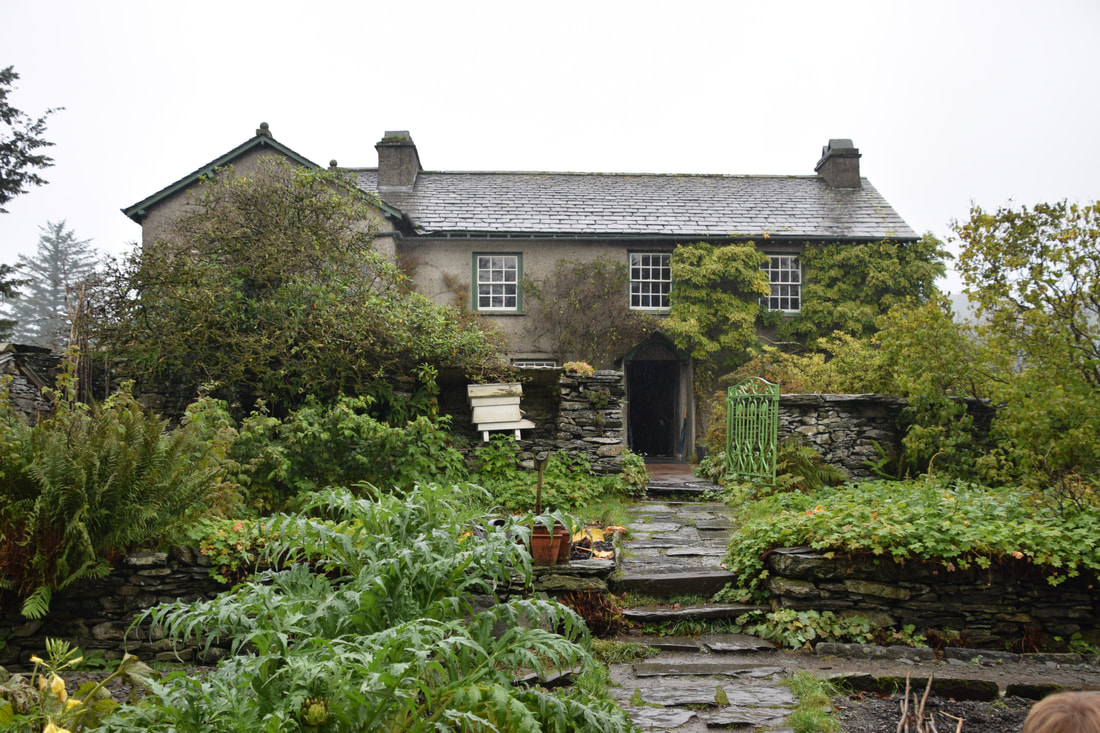





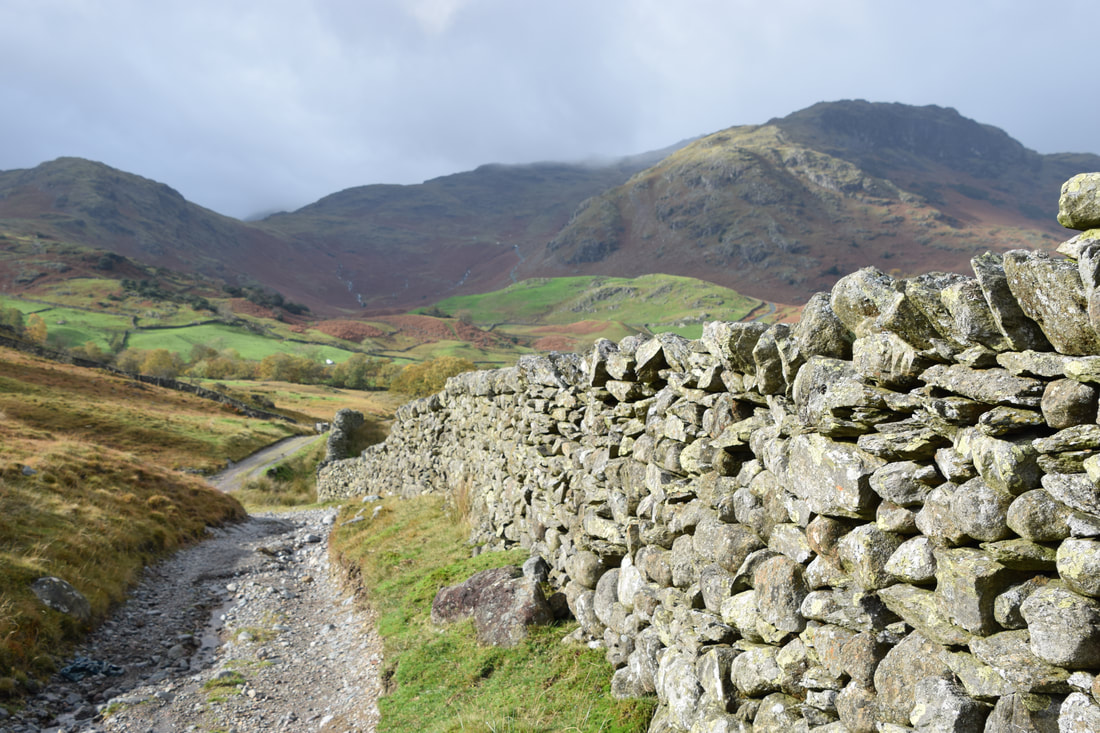





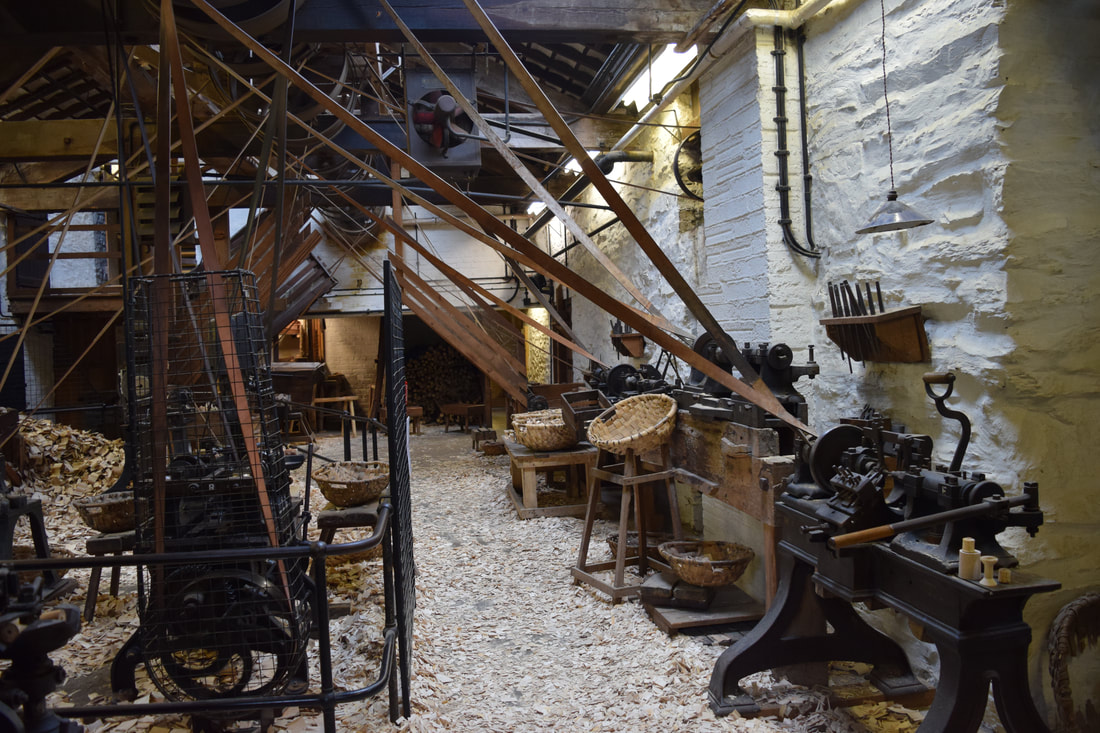





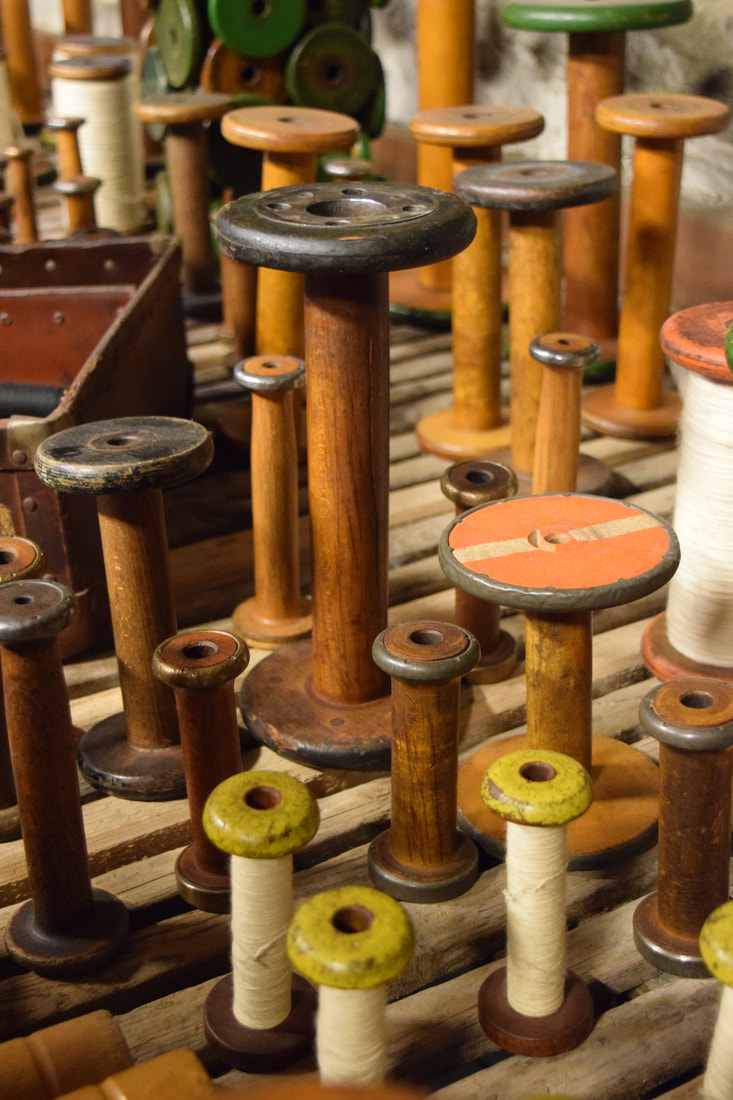

 RSS Feed
RSS Feed